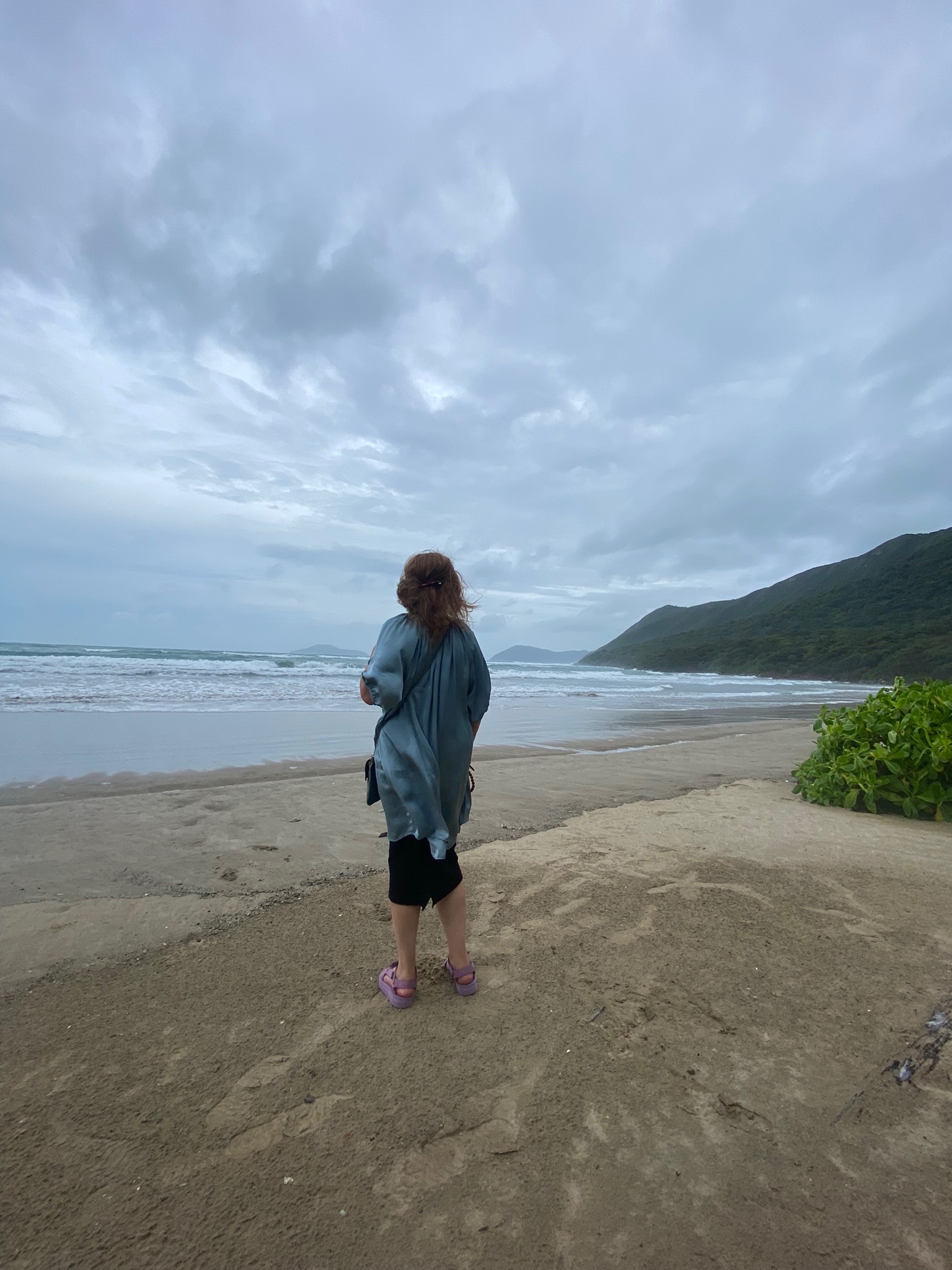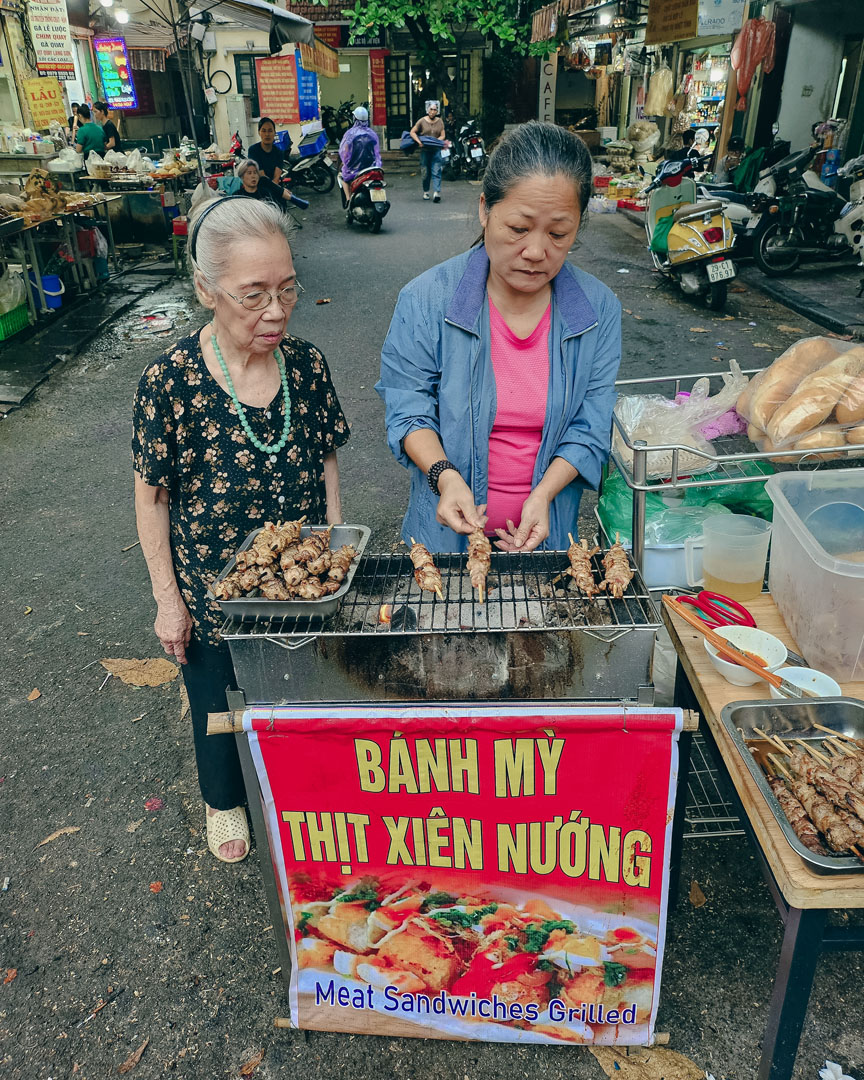Angkor What? Exploring the temples of Cambodia

Seasoned traveler, Becky in our Small Group Tours team explored caves in Phong Nha National Park, Vietnam in her last post. Continuing her travels around Indochina, she gets out into the fresh air to explore the temples of Cambodia.
Angkor Wat


Built by a Khmer King in the 12th Century, this vast temple complex has become the symbol of Cambodia, it even appears on the national flag! The site has gone through multiple changes, with many Kings adding their mark in worship to their God (or themselves...).
First discovered by a Westerner in 1586, it’s truly extraordinary architecture was dubbed “grander than anything left to us by Greece or Rome” and remains one of the most majestic sights in Southeast Asia. Do not leave Cambodia before taking a trip here, you won't regret it.

You may have come to Cambodia after some time in Southeast Asia and think, “why should I go see another temple? I’ve seen loads already!” But Angkor Wat isn’t just a temple, it’s the largest religious monument in the world, and the weathered buildings are completely unique.
Bayon
For the best view, head over at dawn and sit in front of the water to watch the sun rise over the main temple of Bayon. After marveling at it (and taking a few obligatory snaps), hire a tuk-tuk for a few hours and explore some of the smaller and quieter sites further away.
With 163 hectares, this isn’t a site you can cover extensively on foot, so enjoy the ride. If you're peckish, be sure to buy some fresh fruit along the way! If you find yourself on one of our group tours, we often visit Pre Rup temple for sunrise, which is a little less crowded, and spend the evening tucking into canapes on a sunset boat cruise.

Ta Prohm
Ta Prohm temple was made famous worldwide by the Tomb Raider films. The sights of ancient temples slowly being consumed by giant Python-like tree roots really are spectacular; even without Lara Croft running from a giant, angry 4-armed Buddha. Unlike many other temples, amazingly Ta Prohm is one of the few that was left mostly as it was found; roots, moss covered rocks and fallen walls make this a truly jungle-y temple. A definite must-see.
Siem Reap
After you’ve finished exploring Angkor Wat, head back to the vibrant but understated Siem Reap, full of local enterprises in restaurants, recycled bags and quirky souvenirs. Spend your money and support the locals in one of the poorest nations in the region with a few souvenirs.
With all of this exploring, you will have worked up an appetite. Finish your day with an Amok Curry; a Cambodian dish of coconut milk, fish or beef all steamed in banana leaves. Delicious!
To Angkor and Beyond! Take in the incredible history of the Angkor temples, experience a homestay in a rural Cambodian village and explore Phnom Penh with a guide on this fully tailored itinerary.




